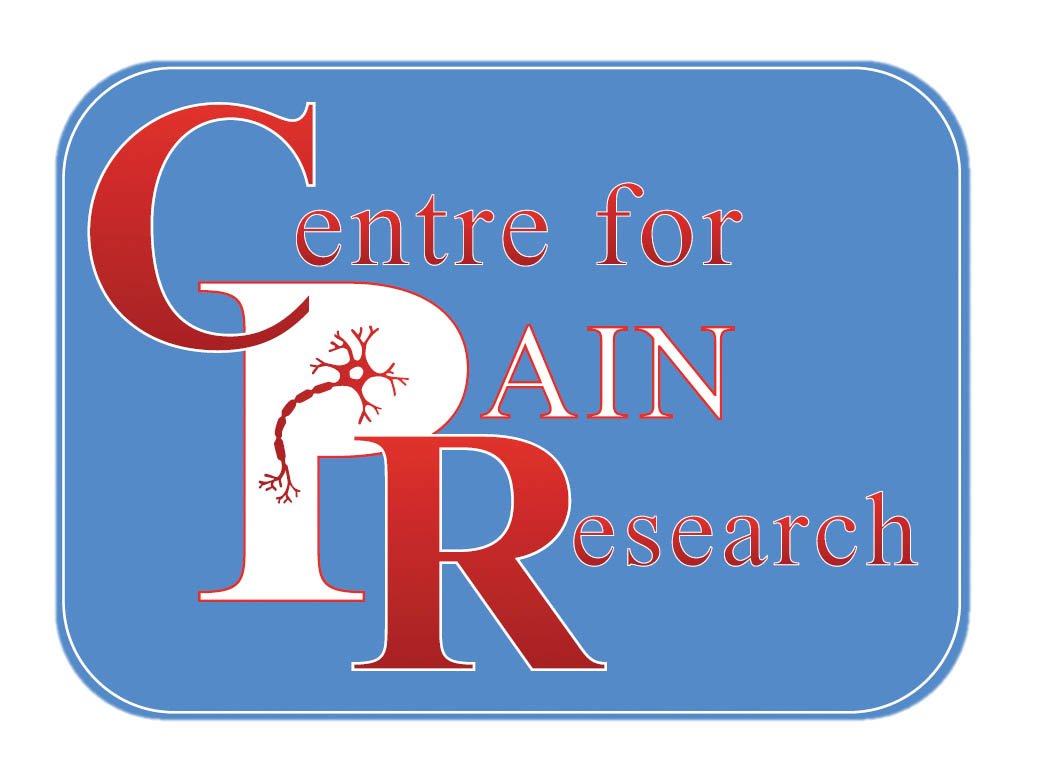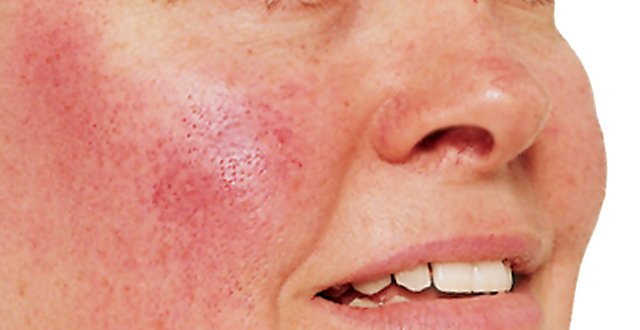Major study shows prostate MRI reduces cancer over-diagnosis compared to standard biopsy
A large international study has shown that an MRI scan can reduce the number of invasive prostate biopsies by up to 28 per cent. The PRECISION trial shows that using MRI to target prostate biopsies leads to more of the harmful prostate cancers, and fewer harmless cancers, being diagnosed. Given that more than a million men in Europe undergo a prostate biopsy every year, the authors believe that this work could change clinical practice. The results were presented at the 2018 EAU Congress in Copenhagen, with simultaneous publication in the <em>New England Journal of Medicine</em>.
Dr Veeru Kasivisvanathan of University College London, UK, and first author of the study, said: “PRECISION is the first international, multi-centre, randomised trial to show the benefits of using MRI at the start of the prostate cancer diagnosis process.
“In men who need to have investigation for prostate cancer for the first time, PRECISION shows that using an MRI to identify suspected cancer in the prostate and performing a prostate biopsy targeted to the MRI information leads to more cancers being diagnosed than the standard way that we have been performing prostate biopsy for the last 25 years.”
Dr Caroline Moore, Reader in Urology at University College London and senior author of the study, commented: “We compared standard prostate biopsy to the use of MRI, offering targeted biopsies to only those men who had a suspicious MRI. The MRI pathway detected more harmful cancers that needed treatment and it reduced over-diagnosis of harmless cancers, even though fewer men had a biopsy in the MRI arm.”
Under the PRECISION study, researchers from 23 centres randomly allocated 500 men to be examined, either with a standard 10-to-12 core TRUS (TRansrectal UltraSound guided prostate biopsy), or with an initial MRI scan, followed by a targeted biopsy if the MRI showed an abnormality. The main aim was to assess what proportion of men were diagnosed with clinically significant prostate cancer (defined as a Gleason Grade of ≥3+4).
It also aimed to assess the proportion of men who were diagnosed with clinically insignificant cancer (Gleason Grade 3+3).
The researchers found that 71 (28 per cent) of the 252 men in the MRI arm of the study avoided the need for a subsequent biopsy. Of those who needed a biopsy, the researchers detected clinically significant cancer in 95 (38 per cent) of the 252 men, compared with 64 (26 per cent) of the 248 men who received only the TRUS biopsy.
“This shows that a diagnostic pathway with initial MRI assessment, followed by biopsy when required, can not only reduce the overall number of biopsies performed, but can give more accurate results than TRUS-biopsy alone. We also found that patients who had MRI had fewer side-effects than those who just had the standard TRUS biopsy. This is because the MRI allows some men to avoid biopsy and in those who need one, is able to better indicate which area of the prostate needs to be investigated, so you don’t need to randomly sample the whole prostate and can use fewer biopsy cores,” said Dr Kasivisvanathan.
Several elements need to be considered for MRI to be generally adopted in the diagnostic process. As Dr Kasivisvanathan, who was awarded a National Institute for Health and Research Doctoral Fellowship to carry out the study, said: “The ability to perform good-quality MRI and the ability to interpret the MRI information are specialist skills. We will therefore need appropriate training for clinicians to use the technology and changes in health services to increase availability and capacity to perform prostate MRI. In the long term, this new diagnostic pathway can be cost-effective. Costs can be saved by the reduction in the number of men undergoing biopsy in the first place, by the earlier diagnosis of harmful cancers, and in the avoidance of the diagnosis of harmless cancers.”
Prostate cancer is the most common male cancer, with around 400,000 new cases confirmed every year in Europe.
Smart software can diagnose prostate cancer as well as a pathologist
Chinese scientists and clinicians have developed a learning artificial intelligence (AI) system that can diagnose and identify cancerous prostate samples as accurately as any pathologist, the 2018 EAU Congress in Copenhagen heard. In addition, the software can accurately classify the level of malignancy of the cancer, so eliminating the variability that can creep into human diagnosis.
This holds the possibility of streamlining and eliminating variation in the process of cancer diagnosis. It may also help overcome any local shortage of trained pathologists. In the longer term, it may lead to automated or partially-automated prostate cancer diagnosis.
Prostate cancer is the most common male cancer, with around 1.1 million diagnoses every year worldwide.
“This is not going to replace a human pathologist,” cautioned research leader Prof Hongqian Guo (Nanjing, China), “We still need an experienced pathologist to take responsibility for the final diagnosis. What it will do is help pathologists make better, faster diagnosis, as well as eliminating the day-to-day variation in judgement which can creep into human evaluations.”
Prof Guo’s group took 918 prostate whole-mount pathology section samples from 283 patients and ran these through the analysis system, with the software gradually learning and improving diagnosis. These pathology images were subdivided into 40,000 smaller samples; 30,000 of these samples were used to ‘train’ the software, the remaining 10,000 were used to test accuracy – the results showed an accurate diagnosis in 99.38 per cent of cases (using a human pathologist as a ‘gold standard’), which is effectively as accurate as the human pathologist.
They were also able to identify different Gleason Grades in the pathology sections using AI; 10 whole-mount prostate pathology sections have been tested so far, with similar Gleason Grade in the AI and human pathologist’s diagnosis. (The group has not started testing the system with human patients.)
Prof Guo continued: “The system was programmed to learn and gradually improve how it interpreted the samples. Our results show that the diagnosis the AI reported was at a level comparable to that of a pathologist. Furthermore, it could accurately classify the malignant levels of prostate cancer. Until now, automated systems have had limited clinical value, but we believe this is the first automated work to offer an accurate reporting and diagnosis of prostate cancer. In the short-term, this can offer a faster throughput, plus a greater consistency in cancer diagnosis from pathologist-to-pathologist, hospital-to-hospital, country-to-country.
“AI is advancing at an amazing rate — you only need to look at facial recognition on smartphones, or driverless cars. It is important that cancer detection and diagnosis takes advantage of these changes.”
The authors note some limitations to the work. There were more samples of Gleason Grade 3 and 4 than other grade, which may influence the AI calculation to some extent. They are also looking for suitably-objective standards to allow direct comparison of Gleason Grade with the AI.
Researchers discover experimental obesity drug prevents development of kidney stones
Scientists have found that a drug connected with fat regulation prevents the formation of kidney stones in mice. This early work opens the possibility of developing drugs that may help prevent kidney stones in at-risk individuals. The work was presented at the 2018 EAU Congress in Copenhagen in March.
The EAU estimates that around 50-to-60 million Europeans suffer from kidney stones — that is roughly one in 11 Europeans. Incidence has almost doubled over the last 20 years, due to increasing obesity and diet and lifestyle changes.
Now a group of Japanese scientists have discovered that an experimental drug leads to a significantly-reduced number of kidney stones in mice. They gave 20 mice 1mg/kg of the β3-agonist CL316243 for 12 days. The mice, plus 20 controls, were then injected with glyoxylate, which causes the formation of kidney stones.
At various time points, the mice were then checked to see if they had formed stones: The formation of stones decreased to 17 per cent in the experimental group, compared with the controls.
“This is experimental work for now,” said lead researcher Dr Teruaki Sugino, Nagoya City University Graduate School of Medical Sciences, Japan. “But I believe that this may open the way to the development of the new drugs which can stop the development of kidney stones in at-risk people. So far, we have only tested this on mice, but in mice it seems to work.
“We were able to analyse the biochemical differences between the control and experimental group, and discovered that the β3-agonist reduced the expression of adipocytokine molecules, which are associated with inflammation.”
The researchers believe that free fatty acids cause inflammation and cytotoxic effects in kidneys, which promotes stones. β3-agonists are known to cause white fat cells (which are found in excess in overweight and obese persons) into beige fat cells, which burn extra calories, which is why these molecules are also being considered for anti-obesity uses. The researchers suspect that beige cells consume free fatty acids, which may be the cause of inflammation in the kidneys, leading to kidney stones. This means that β3-agonists have the potential to prevent not only obesity, but also kidney stones.
A quarter of penis cancer sufferers do not get recommended treatment
A major international survey has found that around a quarter of penis cancer patients are not receiving the recommended treatment for this rare cancer. It also found that these patients had half the survival rate of those who were treated according to guidelines. The study, presented at the EAU Conference in Copenhagen, found that non-adherence is partly due to patients refusing treatment, or doctors being reluctant to treat appropriately or being unfamiliar with the best procedures.
Around one-in-100,000 men contract penis cancer every year in the Western world, however in recent years this rate has risen by 20-to-25 per cent in many countries, especially in older men.
Cancer of the penis is extremely distressing. Partially or completely removing the penis is often the most effective way to cure penile cancer, but for many men this cure seems worse than the disease.
In this large international survey, researchers found that a significant minority (25 per cent) of patients do not receive the recommended treatment. In part, this is due to patients being reluctant to go ahead with surgery, and in part due to doctors not proceeding with the appropriate surgery to treat this rare cancer.
Researchers from 12 centres in Italy, Spain, the US, Brazil and Hungary looked at adherence to the EAU guidelines on the treatment of penile cancer. They retrospectively examined the records of 425 patients who had been treated in the 2010-2016 period.
Lead author Dr Luca Cindolo, Abruzzo, Italy, said: “We found that most patients were treated in accordance with the gold-standard EAU recommendations, but around 25 per cent of patients had not received appropriate treatment. From our work, we see that around twice as many patients survive if they have been treated according to recommended guidelines. In around half of those patients not treated according to guidelines, the decision was made by the doctor, and we suspect that this is because many doctors are unfamiliar with treating this rare but devastating cancer. In one-in-six cases, the patient, or the patient’s carers, made the decision not to be treated according to guidelines. We often find that patients don’t want to be treated, or that the patients’ carers are unwilling to take the decision to treat.
“These are often difficult treatment decisions to make, and so they need to be arrived at after open discussion between the patient and the medical team. It’s a condition which most urologists don’t see very often, so it’s best if the medical team is experienced in dealing with the condition. This may mean that the treatment in national or international centres of excellence is the best way to proceed.”
Commenting, Dr Vijay Sangar, Director of Surgery, Christie Hospital, Manchester, UK, said: “We often find that patients with rare cancers get short-changed because the cancer is so seldom encountered by doctors. We can suggest that if we treat rare cancers in national or even international centres of excellence, the chances of better management improve. In the UK, for example, we centralised the treatment of penis cancer into just 10 centres of excellence, whereas in some countries, such as Hungary, Spain and Italy, these rare urological cancers are still treated locally, which may reflect the lower survival rates. Generally, the more penile cancer a team sees, the better they become at managing the disease. The recently-established eUROGEN consortium [the European Reference Network for rare and complex urogenital diseases and conditions] will make a huge difference to European patient care; this gives patients with rare urological diseases access to the best management, no matter where they are in Europe.”
Major study shows five times greater suicide rate in patients with urological cancers
A major UK survey has shown that patients with urological cancers, such as prostate, bladder or kidney cancer, are five times more likely to die by suicide than people without cancer. The analysis, presented at the recent 2018 EAU Congress in Copenhagen, also shows that cancer patients generally are around three times more likely to die by suicide than the general population, and that the proportion of attempted suicides which result in a completed suicide was higher in cancer patients, with a higher proportion still in patients with urological cancers.
This is the largest UK study looking at suicide in cancer patients and the research team, led by Mr Prashant Patel at the University of Birmingham, retrospectively examined the records from the England and Wales Hospital Episode Statistics database, from the period 2001 to 2011. They linked this with cause of death statistics from the Office of National Statistics.
This is also the first time that a major study has examined suicidal intent in cancer patients, which they defined as the ratio of completed suicides to the rate of attempted suicides.
They found that this rate was far higher (one-to-seven) in patients with prostate cancer than in the general population (one-to-25), which may show a greater risk of suicide in cancer patients. “This is important,” said study first author Dr Mehran Afshar, St George’s Hospital, London, “as we know that people who attempt suicide are at higher risk of subsequently being successful in completing a suicide, and we have shown this ‘intent’ to commit to be far higher in our cancer population, thus confirming a real need to address psychological issues early on in the management of these patients.”
Dr Afshar continued: “Our data confirms research from other countries that suicide rates are higher in cancer patients and we show this to be higher, particularly in patients with urological cancers. There are particular issues which are specific to this cancer group — for example, men with prostate cancer undergo treatment which can affect their bladder function, their bowel function, erectile function and libido, can result in symptoms similar to the female menopause, and entirely alter their personality, leading to relationship problems, anxiety, depression and post-traumatic stress disorder.
“We know from a 2014 study by Cancer Research UK that the vast majority of cancer patients who have symptoms of depression go untreated. We can see from the results of our study that although all cancers have a higher suicide rate, inferring a higher level of psychological distress, there are disparities between cancers. This needs to be addressed within our healthcare systems and more focus is needed on integrating the robust and specialist assessment and treatment of mental health needs in cancer care.”
The study also showed significant differences between the time to a successful suicide, which means that some cancer patients are more vulnerable in certain periods.
The team noted a limitation of the study: They looked at the general suicide rate, not at the rate of suicides according to age (age-standardised suicide rate), however, a comparison to baseline population suicide rates could only be made using crude suicide rates per 100,000, as this is the population-level data available.











Leave a Reply
You must be logged in to post a comment.